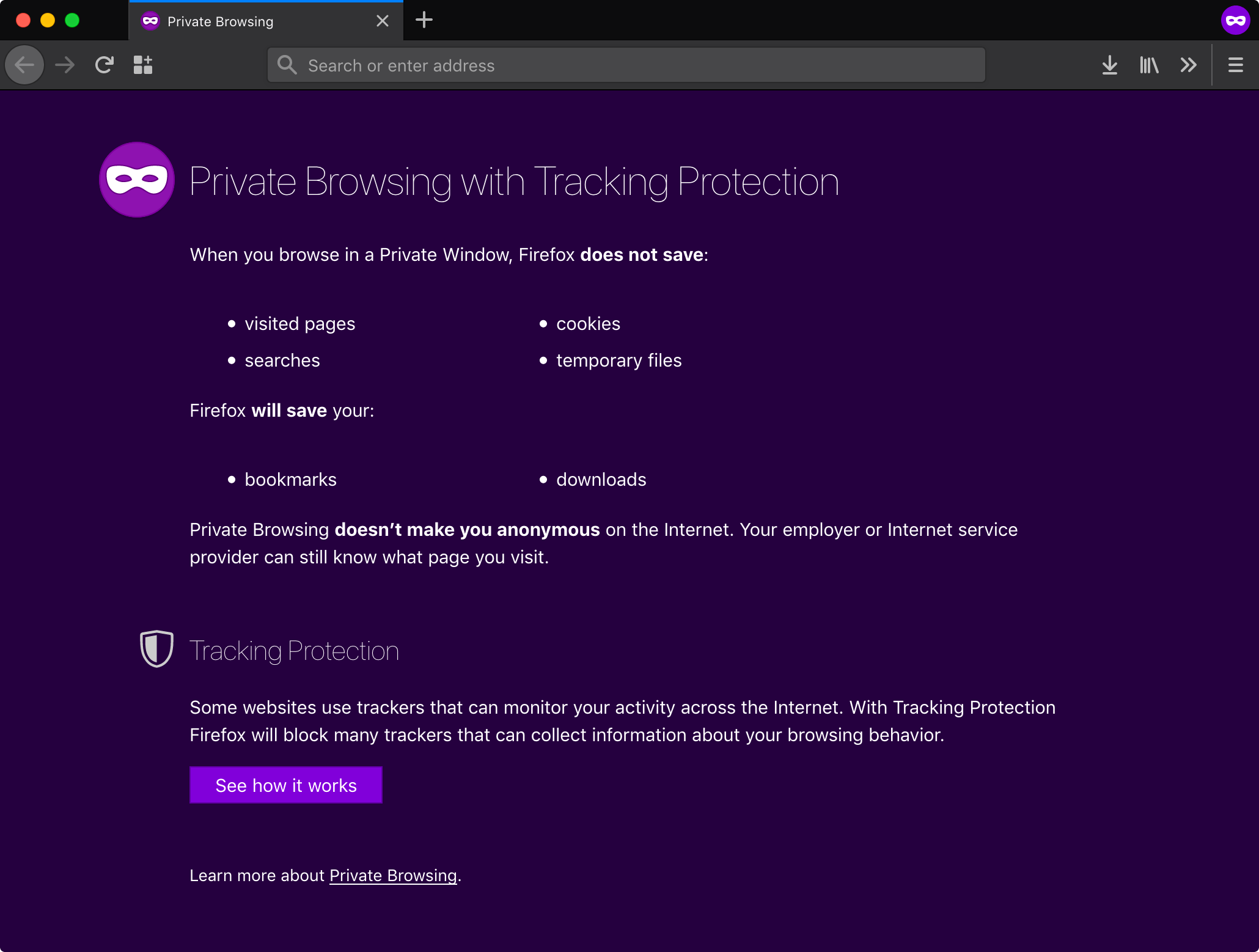

Revoke access for apps that you no longer use or prefer not to have access to your account information and data. Just like you did for Facebook, check your Twitter App settings to review what apps have access to your Twitter account. Over the years, you may have used Twitter to login to various apps and forgotten about it. If you have a good reason to select this setting, please add a comment.ĭon’t forget to click the Save Changes button at the bottom. The first time a spammer DMs you, you’ll understand why this is essential to turn off Deselect Receive Direct Messages from anyone. Turning personalization off doesn’t mean you’ll stop seeing suggestions or ads, but it does mean your behavior and data won’t be used in the process. Deselect Tailor ads based on information shared by ad partners. Deselect Tailor Twitter based on my recent website visits. Purge it, my friend, and do not sync your contacts again. If you’ve ever uploaded or imported your contact list into Twitter, that data may still be stored. Remove any contacts that have been stored in Twitter. Your email address and phone number are hidden, but as Twitter puts it: “ The settings let people that already have your email address or phone number find you on Twitter or on third-party services that have integrated with Twitter.” Turning it off means third parties, spammers and marketers won’t be able to see that private information. Deselect Let others find me by my email address and phone number.
Mozilla firefox for mac settings windows#
Here, at the bottom, disable the Block Pop-Up Windows option. On the right pane, scroll down to the Permissions section. It all takes you to the same place.) In the Add-ons Manager, click Plugins in the sidebar, and then look for Shockwave Flash. (Or press Command-Shift-A, or type about:add-ons into the URL bar. On the settings page, in the left sidebar, click Privacy & Security. Click the Menu button and select Add-ons, or select Tools > Add-ons from your Mac's menu bar. From the menu that opens, select Settings. As Twitter notes, “ Just like you might not want to Tweet your home address, please be cautious when Tweeting from locations that you don’t want others to see.” Boom. In Firefox’s top-right corner, click the three horizontal lines. Re-open Firefox and close the file explorer window.

Delete or rename additional preference files such as 'prefs.js.moztmp' or 'user.js' as well. Also click the Delete location information to remove it from previous tweets. Locate the file named 'prefs.js' and either rename the file or delete it. Whatever your motivation for making our account private, here is Twitter’s detailed explanation of public vs.

That keeps the spammers and creepers at bay. Protecting your tweets puts your profile on lock so that that only those you approve will be able to see what you tweet because you’re approve who follows you. Twitter is public by default, which means anyone can see and interact with your posts. On the other hand, maybe you don’t want awkward or personally-identifiable photos of you tagged on Twitter, especially if your account is public. One on hand, tagging photos makes them “ more social,” as Twitter says. Click Network tab and then click the Settings. Select: Do not allow anyone to tag me in photos Open the menu in Mozilla Firefox, and click the Preferences. To get started, log into Twitter from a computer or tap through to the Privacy Settings on your mobile app. Select what you feel the most comfortable with, and remember, you can always change your settings any time. The recommendations below are for increased privacy, and they may not suit everyone. Like Facebook, which we covered in our previous post, Twitter has a number of options you can adjust to set your privacy the way you like.
Mozilla firefox for mac settings password#
Once the feature progresses a bit more and gets put into the official roadmap then cross-platform support will become “a priority”.Looking for password tips? Check out the Guide to Safer Logins. The timeline allows for efficient debugging.Īccording to one of the people working on the feature, Firefox Replay is currently undergoing the user research phase while Mozilla validates it. Once enabled you can click the Record button in DevTools. Due to the early state that it’s in, you’ll be required to manually enable Firefox Replay by going to DevTools, then to Settings, and clicking “Enable Replay”. While you can use Replay on macOS versions of Firefox Nightly, you should be warned that the feature is still in beta with the MDN web docs explaining that some of the things are still considered to be pre-alpha. With the new tool, developers can record content processes, replay them later, share them, and rewind them to view earlier states. Mozilla has recently launched a new webpage for a developer feature that is now available on Firefox Nightly for macOS called Firefox Replay.


 0 kommentar(er)
0 kommentar(er)
